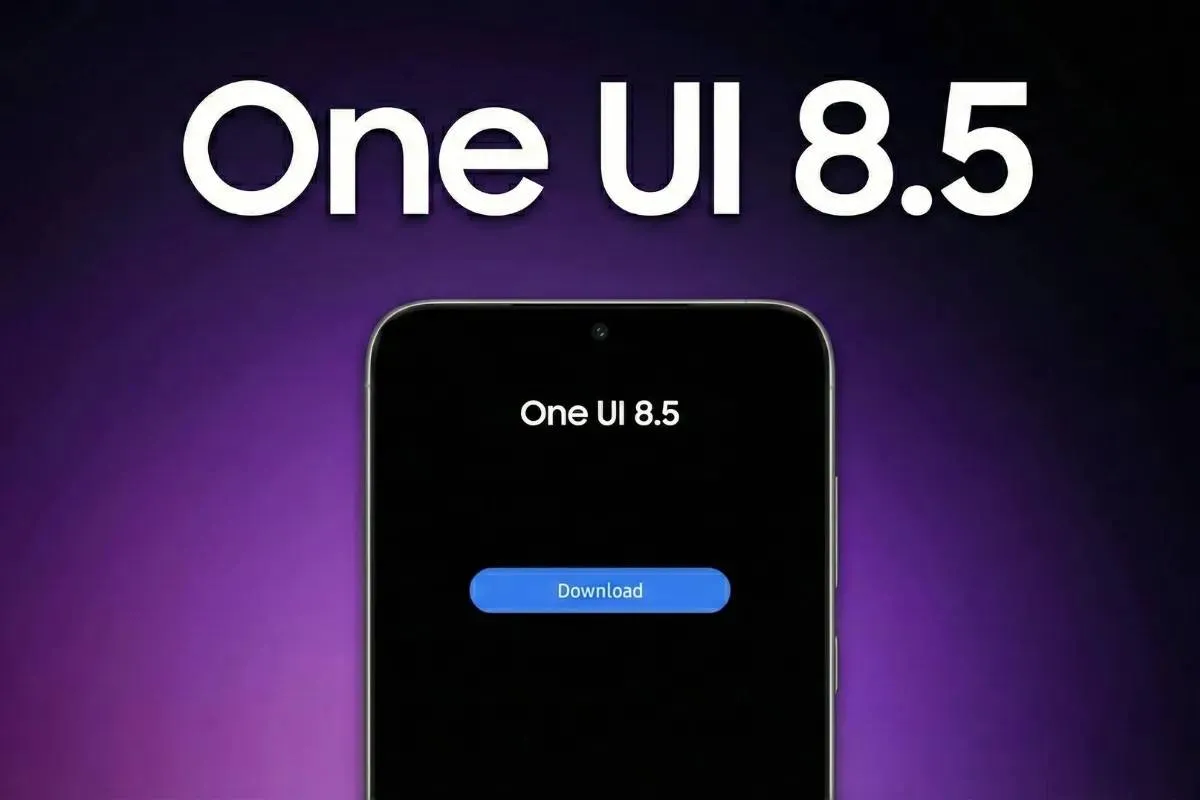
Generative AI is a powerful tool that can help students and researchers in their academic work. Generative AI is very helpful with the search for academic information generally. However, with so many options available, it can be a huge task to choose the best one for your needs. In this article, we will provide guidance on how to choose the best generative AI for academic work.

Consider Your Needs
The first step in choosing the best generative AI for academic work is to consider your needs. What type of work will you be doing? What are your goals? You should also know the level of expertise you have in AI. Answering these questions will help you narrow down your options and find the best tool for your needs.
Research Available Options
Once you have identified your needs, it is time to research the available options. There are many generative AI tools available, each with its own strengths and weaknesses. Some popular options include:
- GPT-3: This is one of the most popular generative AI tools available. It is known for its ability to generate high-quality text and has been used in a variety of applications, including chatbots, language translation, and content creation.
- OpenAI: This is a research organization that has developed several generative AI tools, including GPT-3. They offer a range of tools for different applications, including language processing, robotics, and gaming.
- Hugging Face: This is a popular platform for natural language processing and generative AI. They offer a range of tools for different applications, including chatbots, language translation, and content creation.
Consider the Learning Curve
Generative AI can be complex, and some tools may have a steeper learning curve than others. When choosing such a tool, it is essential to consider the learning curve. Also, check whether you have the time and resources to invest in learning how to use it effectively.
Check for Academic Integrity
Academic integrity is critical when using generative AI in academic work. It is essential to ensure that the tool you choose does not violate academic integrity policies. Some tools may have built-in features to help prevent plagiarism, while others may require additional steps to ensure academic integrity.
Look for Support and Resources
Finally, when choosing a generative AI tool, it is essential to look for support and resources. Some tools may have extensive documentation and tutorials available. However, others may have a more limited support system. It is essential to choose a tool that has the resources and support you need to use it effectively.
Final Words
Choosing the best generative AI for academic work requires careful consideration of your needs. You also have to consider available options, learning curve, academic integrity, and support and resources. By following these guidelines, you can find the best tool for your needs and use it effectively in your academic work. However, it is good to note that AI texts should be used with care for academic work. At best, use it to manage searches and not for writing the work.
Loading






